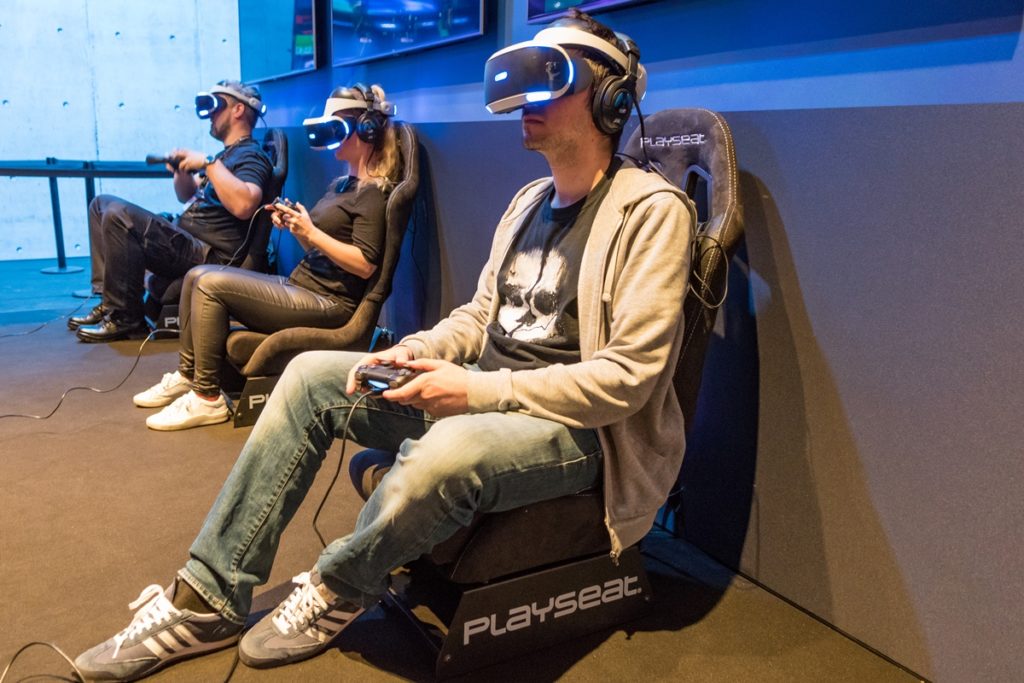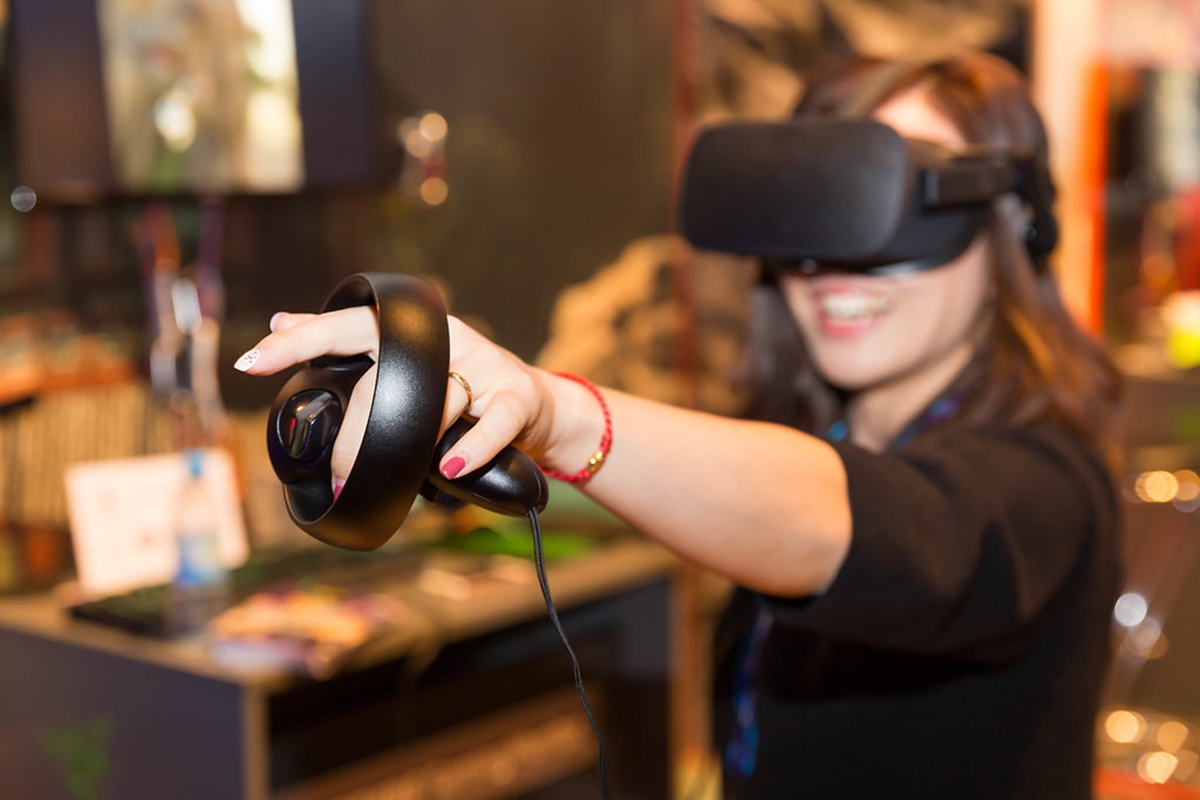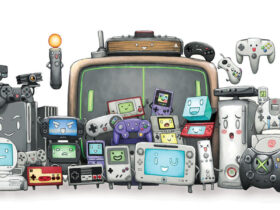As we tread deeper into the 21st century, technological marvels once relegated to the pages of science fiction novels are emerging as tangible realities. Among these is the mesmerizing domain of Virtual Reality (VR) gaming. A realm where the player doesn’t just control the avatar, but becomes the avatar. But what’s beneath the visor? Let’s uncover the mystique surrounding gaming in virtual reality benefits, the best games, and the challenges it faces.
The Alluring Benefits of VR Gaming
Total Immersion
The prime selling point of VR is the unparalleled level of immersion it offers. Gone are the days when players stared at screens, detached from the gaming universe. VR puts players directly inside the game, creating experiences so profound that they blur the lines between the real and the virtual.
Emotion Like Never Before
The feeling of being “inside” the game amplifies emotional responses. Every plot twist, every win, every defeat feels personal. Horror becomes scarier, adventures feel real, and achievements taste sweeter.

A Workout in Disguise
Many VR games, whether intentionally or not, incorporate a significant amount of physical activity. Dodging arrows, dancing to beats, or even virtual boxing can get players moving, transforming the previously sedentary act of gaming into a dynamic workout.
Learning by Living
Educational potentials in VR are vast. Historical recreations can place students in ancient civilizations, science simulations can offer hands-on labs without the costs or risks, and cultural experiences can foster global understanding in ways textbooks never could.
Genres that Truly Benefit from VR
While VR can augment almost any gaming experience, some genres stand out in their adaptability:
1. Adventure’s New Dimension
Adventures become journeys in VR. Games like “The Elder Scrolls V: Skyrim VR” are no longer just expansive universes to control, but worlds to live in, where every mountain, every cave feels palpable.
2. Horror – Not for the Faint of Heart
The terror in horror games like “Resident Evil 7: Biohazard VR” is accentuated in VR. Every jump scare, every lurking shadow becomes a genuine fright, leaving players with lasting impressions.
3. Simulations – As Real As It Gets
Simulations, especially flight and racing, benefit tremendously from VR. With games like “DCS World” and “Project Cars 2”, the sensation of speed, the g-force, and the vastness of the skies or racetracks become tangible experiences.
Combating Motion Sickness in VR Gaming
One significant challenge that VR developers grapple with is motion sickness. Players’ senses can sometimes be fooled in ways that result in nausea, dizziness, or disorientation. Addressing this has been pivotal for the industry.
Teleportation movement has emerged as a popular solution. Instead of simulating continuous movement, which can be disorienting, some games have adopted a teleportation mechanic. This allows players to choose a spot within their virtual environment and instantly ‘teleport’ to it, significantly reducing feelings of motion sickness.

Another method employed is the use of a limited field of view (FOV). By temporarily reducing a player’s FOV during rapid movements, developers can decrease the intensity of motion and thereby lessen the feelings of nausea.
Keeping a stable horizon is especially vital in genres like aviation or underwater explorations. By ensuring that the horizon remains level and stable, developers can create a point of reference for players, helping them feel more grounded and less dizzy.
VR Gaming’s Future: Where Are We Headed?
Advancing Beyond Controllers: Hand Tracking technology, as seen in systems like the Oculus Quest 2, has eradicated the need for external controllers. Players can now interact with the virtual environment using natural hand movements, further blurring the lines between reality and the virtual.
Expanding the Visual Realm: With the development of headsets that provide a wider FOV, players are set to enjoy even more immersive experiences, capturing more of the virtual world in their gaze.
Touching the Virtual: Haptic Feedback technology has made leaps and bounds. Now, players can physically feel in-game interactions, whether it’s the gravel beneath their feet or the tension in a virtual bowstring.
Conclusion
The world of Virtual Reality gaming is vast, intricate, and teeming with potential. It’s a journey of emotions, physicality, and pure, unadulterated fun. With technological advancements, the industry’s dedication to overcoming challenges, and the limitless imagination of developers, VR gaming isn’t just the future; it’s the present. Prepare to embark on adventures like never before, because in VR, you’re not just playing the game; you’re in it.











